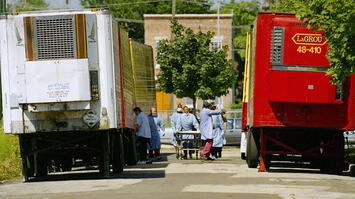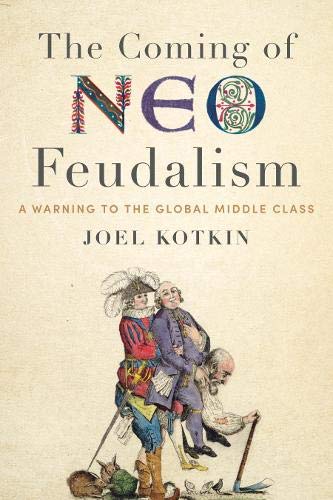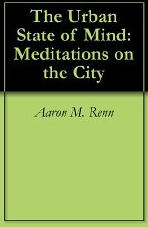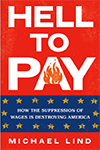
(Note: this is a post modified and updated from one written ten years ago on the 20th anniversary of the 1995 Chicago heat wave. I included some new reflections and context on that time. More than anything, however, I want to make clear that segregation and inequality benefits some people but also exacts deadly costs on others. Please take a look. -Pete)
Thirty years ago today, the intense heat in Chicago mercifully cooled down to a high of 94 degrees, signaling an end to one of the worst heat waves in the city’s history.
I vividly remember the day three days earlier when I experienced the single hottest day I ever felt, anywhere. That was when Chicago topped out at a very humid 106 degrees, with a heat index that made it feel like 125. I remember leaving Chicago's City Hall to walk outside, so I could feel what the terrible heat felt like.
I don’t know exactly why, but I decided to immerse myself in the heat, to take it all in. I walked the nearly two-mile journey from City Hall to Navy Pier on the lakefront, a place known for its cooling summer breezes off Lake Michigan. Meteorologists were already noting that no lake breeze was forming during this heat wave; in fact, there was no breeze at all. I remember looking at a still and silent Lake Michigan as if it was the world’s largest hot bath.
The humidity was absolutely oppressive. I’ve experienced 110+ degree temperatures during visits to Phoenix and Las Vegas before, but they simply do not compare with humid heat. I’ve experienced the stifling heat and humidity of the Deep South also. Without a doubt, 112 degrees in the desert is very hot. However the air retains a lightness to it. Humidity is heavy; it’s like adding weight on your back while trying to tolerate the heat.
Within a week's time, the cumulative effect of unrelenting heat and humidity led to more than 700 deaths in Chicago from heat strokes, dehydration and other heat-related illnesses., Almost all of them poor, without access to air conditioning in their homes or nearby, living in the most distressed neighborhoods in a city that was entirely unprepared to handle the onslaught. The vast majority of the heat-related deaths came from residents of the city's South and West sides. The 1995 Chicago heat wave is now known as one of the deadliest natural disasters in U.S. history, surpassed in the years since then only by Hurricane Katrina, though few have ever heard of it.
It was around this time that the notion of a bifurcated Chicago, one of deep economic and social differences between haves and have nots, began to solidify in my mind.
Chicago public radio station WBEZ’s Reset with Sasha-Ann Simons gathered some rememberances of the event, aired last week. For further understanding of the event, I'd highly recommend reading Heat Wave: A Social Autopsy of Disaster in Chicago by Eric Klinenberg. It’s mentioned in my recent list of books that influenced my perception of the Midwest.
Read the rest of this piece at The Corner Side Yard.
Pete Saunders is a writer and researcher whose work focuses on urbanism and public policy. Pete has been the editor/publisher of the Corner Side Yard, an urbanist blog, since 2012. Pete is also an urban affairs contributor to Forbes Magazine's online platform. Pete's writings have been published widely in traditional and internet media outlets, including the feature article in the December 2018 issue of Planning Magazine. Pete has more than twenty years' experience in planning, economic development, and community development, with stops in the public, private and non-profit sectors. He lives in Chicago.
Photo: Chicago had so many dead bodies piling up during its 1995 heat wave that the city recruited refrigerated trucks to handle the overflow. Source: npr.org












